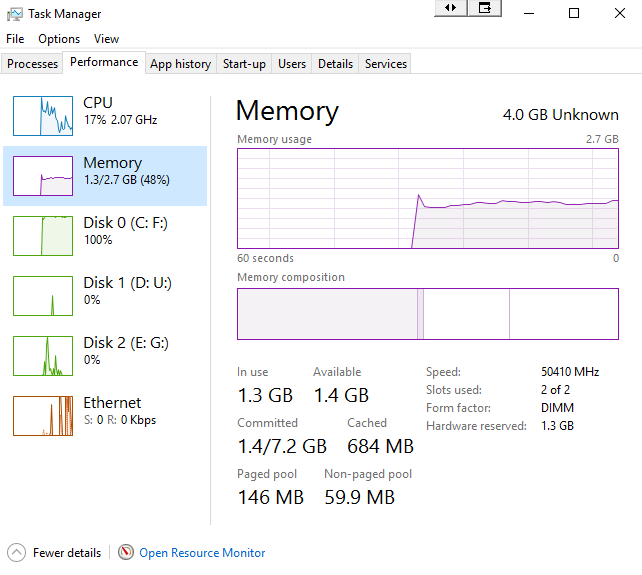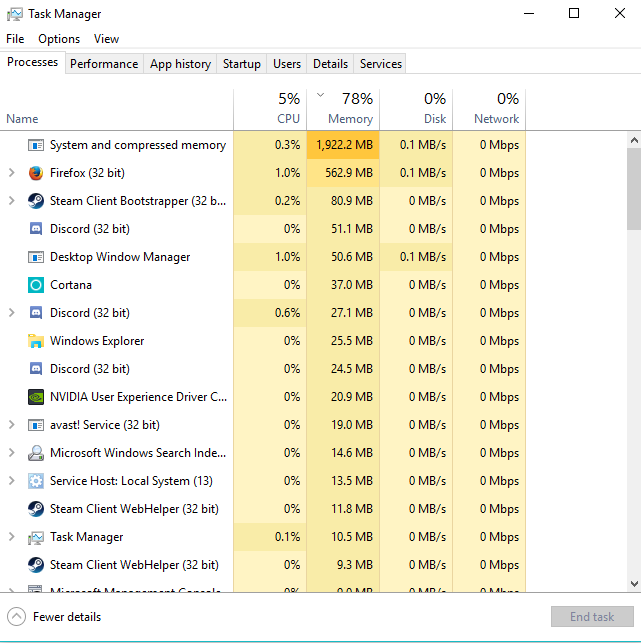

If it doesn’t, try to lock and then unlock your car to try again. Your anti-theft alarm system should have a key symbol on your dashboard that should turn off a few seconds after starting the car. But if you have the right car keys, the anti-theft system should switch off after turning the ignition key to the on position.īut when it doesn’t turn off, the alarm may be triggered or show it’s active on your dashboard. Anti-Theft Alarm System IssueĪn anti-theft system, when active, won’t send any power to the fuel pump. They’ll use the smoke test where a mechanic pumps smoke into the intake system to find the exact source of the leak. However, the leaks aren’t always apparent, and you will need a mechanic to help. You can pop the car’s hood to access the engine bay and check for a ripped or disconnected vacuum line. Now, your car can run with a minor vacuum leak, but if it’s severe, the air fuel ratio will become too lean, causing an engine stall. Your engine runs lean if the fuel in your car’s ignition chamber is igniting with too much air or too little fuel. This leak allows unmetered air (air that flows not via the mass airflow) into the engine, messing up the expected air fuel ratio and causes the vehicle to run lean. When there’s a hole in a vehicle’s air intake system behind the mass airflow sensor or MAF sensor, it’s called a vacuum leak. In such cases, it’s best to let a mechanic handle it. If it doesn’t help, chances are there’s an electrical issue inside the valve preventing it from proper functioning. You can clean the idle air control valve and check if it stops the car from dying. If the idle air control valve fails, your car’s idle may not be the smoothest, or the vehicle may stall completely. The IAC also manages engine load changes when your car isn’t moving, like when you turn on the AC, headlights, or radio. It’s connected to the throttle body - part of the air intake system controlling the air flowing into the engine(in response to your gas pedal input). When your car is idle, the idle air control valve (IAC) regulates the air-fuel mixture.


Here are 12 common concerns you should look into: 1. While you can do it on your own, it’s best to let a mechanic handle it if you’re unfamiliar with the ins and outs of a car. In other words: When getting a new notebook, one of the first things to check is if suspend/resume works.If your car starts then dies, the only way to fix it is to first find out the cause. But for a more mobile use of a notebook, a suspend power consumption of 4 watts is a bit of a problem. So the Linux kernel had a good reason to use s2idle by default.įortunately, this doesn’t matter much for my use case, as I prefer a faster wakeup to a deeper and more power efficient suspend state. It’s possible to change the suspend mode by writing into mem_sleep ( see here for details), so I gave it a try on the HP, which then failed to wake up properly from suspend. # response for suspend to Idle (not as power efficient):Īnd indeed, while my X13 has ‘ deep‘ in brackets, the kernel on the HP notebook has selected ‘ s2idle‘ as default suspend state. # response for suspend to RAM (power efficient, better variant): You can check which type of suspend the Linux kernel uses on a notebook with the following command: And then there’s Suspend to Idle, which also powers down a lot of things but is not nearly as power efficient. The solution: There are actually two suspend modes: The better one, Suspend to RAM switches off pretty much everything but the RAM refresh, but requires BIOS support. That’s a significant difference! When connecting a power meter to the power supply I saw that even in suspend, the HP notebook drew around 4 Watts. Hm, could the power efficiency of the suspend mode be so bad on that platform?įor comparison: My Lenovo X13 draws around 25-30% in 12 hours out of the battery in suspend state. A week or so later, I noticed, however, that when I unplug the computer while suspended, the battery would drain very quickly and is empty after half a day. In addition, suspend/resume worked out of the box as well, which was one of my biggest worries. Everything except the cheap Wi-Fi card ran out of the box and there’s a fix for that Wi-Fi as well. In a recent post, I was quite happy to report that by and large, I had no big issue running Ubuntu 20.04 with a Linux 5.11 kernel on the latest notebook hardware in 2021 with an 11th generation Intel i5 processor.


 0 kommentar(er)
0 kommentar(er)
